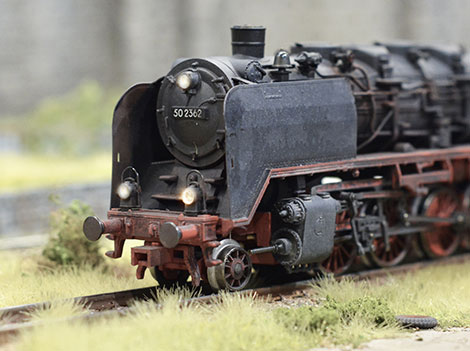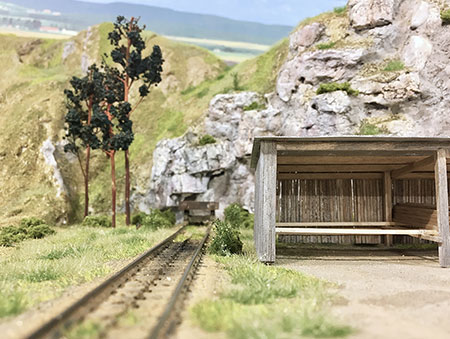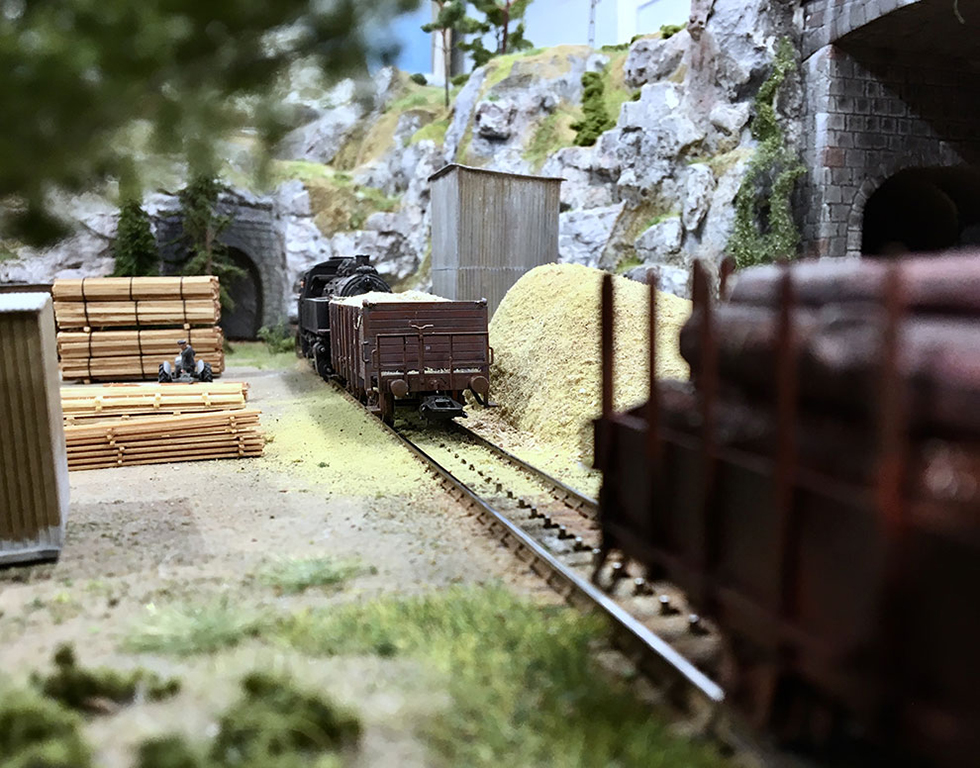| - MRR TUTORIALS - TRACKWORK - MÄRKLIN M-RAIL - HISTORY |
Marklin M-rail - An introduction
Marklin rail system 5100/5200 will forever be the system that set the standard
Why waste time on the old Marklin M-rail system?
Märklin has for over 70 years been producing the M-rail system. A majority of the produced pieces of rail has been played with and evetially been worn out and thrown away, but yet there are 1000s of tons with this track system available at no cost still in thousands of homes all over the world. The M-rail is perhaps not the state of the art in terms of look and appearance, it has also been replaced by a new and better plastic rail system, but for me it is anyway the “brand name” of Model railway.
Marklin M-rail – Pure Nostalgia
The M-rail system is easy to use, heavy duty metal construction. The tracks are also easy to modify and to use as good base for your own constructions in terms of electronics and mechanical animations. There are very few web pages available with information, thus all its advantages, so I felt that I should gather my experiences and write down information that passes by in forums and on meeting and put in one single place, available to all on planet earth. Its here!
| CLICK ON THE DOCUMENT ICONS TO OPEN EACH ARTICLE |
|||||
History |
Fixes |
All tracks |
Noicereduction |
||
Cost is one factor
Nowadays you can virtually buy everything you want ready-made. That is not the way I like my hobby to be. For me a hobby is doing something cool from scratch, only buying the parts that cannot, for various reasons, be built at home. The cost is a factor, so for me M-rail became the obvious choice. The M-rail will end up being a beautiful part of an MRR better looking than 80% of the MRRs out there by using the methods presented here. Further. Go down to the railway lines and wait for the passing train. I guess you will put your fingers to your ears because of the noice. By using M-rail you get both the noice and the “click-e-ti-clack” from the wheels when the train runs down the tracks.
Marklin Digital on M-rails
Digital control will become a natural step as your ambitions grow with the layout. I can say from experience that all MRRs will at some point will realize that they have to go digital. You can of course avoid the digital step, but experiences from other hobbies tell me that it would be the first step away from the Model Rail Road hobby. The show must go on!

Digital start with a MEGA-start kit
I bought myself a Märklin MEGA-start kit with two digital locos and built-in sound decoders, Mobile Station (MS) and a transformer. I threw all of the plastic rails into my closet and connected the MS and the transformer to my M-rail. I actually removed the connector box of the track section no 24088 and mounted it on to a 5106 straight M-rail track section. Once the MS and transformer was connected to the newly developed track section 5206D ;). I removed all the analogue locos from the layout and set the DELTA-locos to digital mode. Time to turn power on!
DELTA sucks!
The two new digital locos were running smoothly and powerful along the tracks with realistic sounds. My expensive investment had really paid off! I knew digital was great, but didn’t realize how great until this very moment. I started up one of the DELTA-locos which always been my favourite on analogue and became very surprised! It was now instead very noisy and didn’t run very smoothly either. It accelerated in quite sharp steps and wasn’t at all what I would have thought it to be. I then realized that the DELTA locos had to be retrofitted with new motor and digital decoder too. Fortunately Märklin had a nice-price drive on the conversion kit 76070 that year, so conversion cost was reduced by 50%.
 |
 |

Digital tracks needs cleaning and adjustment
These new digital locos required much cleaner rails than the analogue locos. Later I have realized that the difference really was more related to the driving speed of the trains in digital compared to analogue. The analogue locos could simply not be run as slowly as the digital locos and dirty rail becomes less of a problem the faster the train runs. The entire layout had to be carefully cleaned using alcohol and some part also needed to be polished with sandpaper to give proper contact. Since then cleaning has only been neccesary once, or twice per year.
Stop and short circuits in the turnouts
Another major problem that soon became apparent was that the M-rail crossings of all varieties was short-circuiting or provided voltage drop for the locomotive on passage. They know that they did even when I was driving by analogy, but then I never drove this slow with the train seat. Now new, much higher demands were placed on the security of the power pickup. The normal turnouts types 5202 and 5137 were quite easy to adjust. With a pliers, the height of the center conductor is adjusted, so that short circuits are avoided and power supply is secured. The normal problem is that the center leader is too low and needs to be pulled up a bit.
